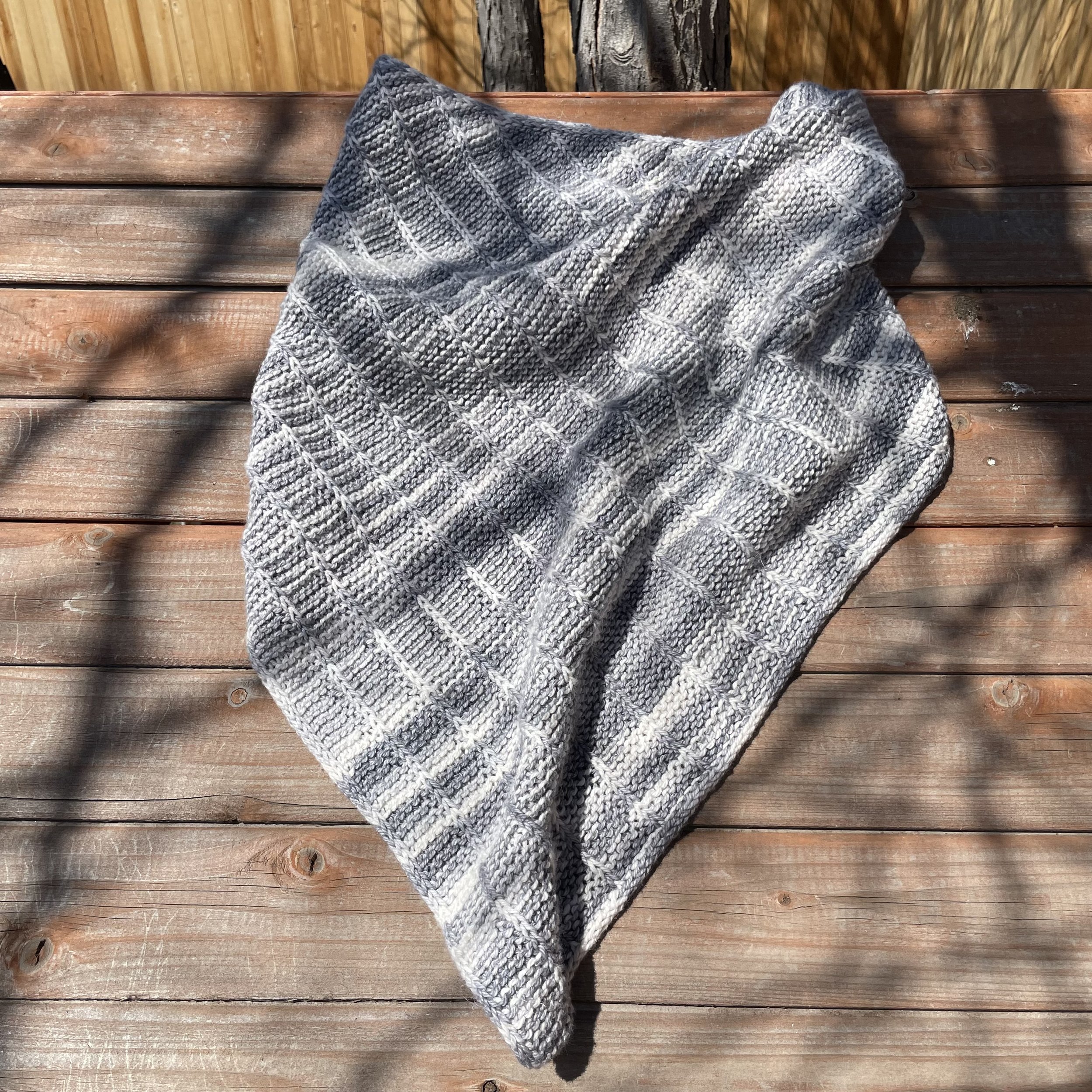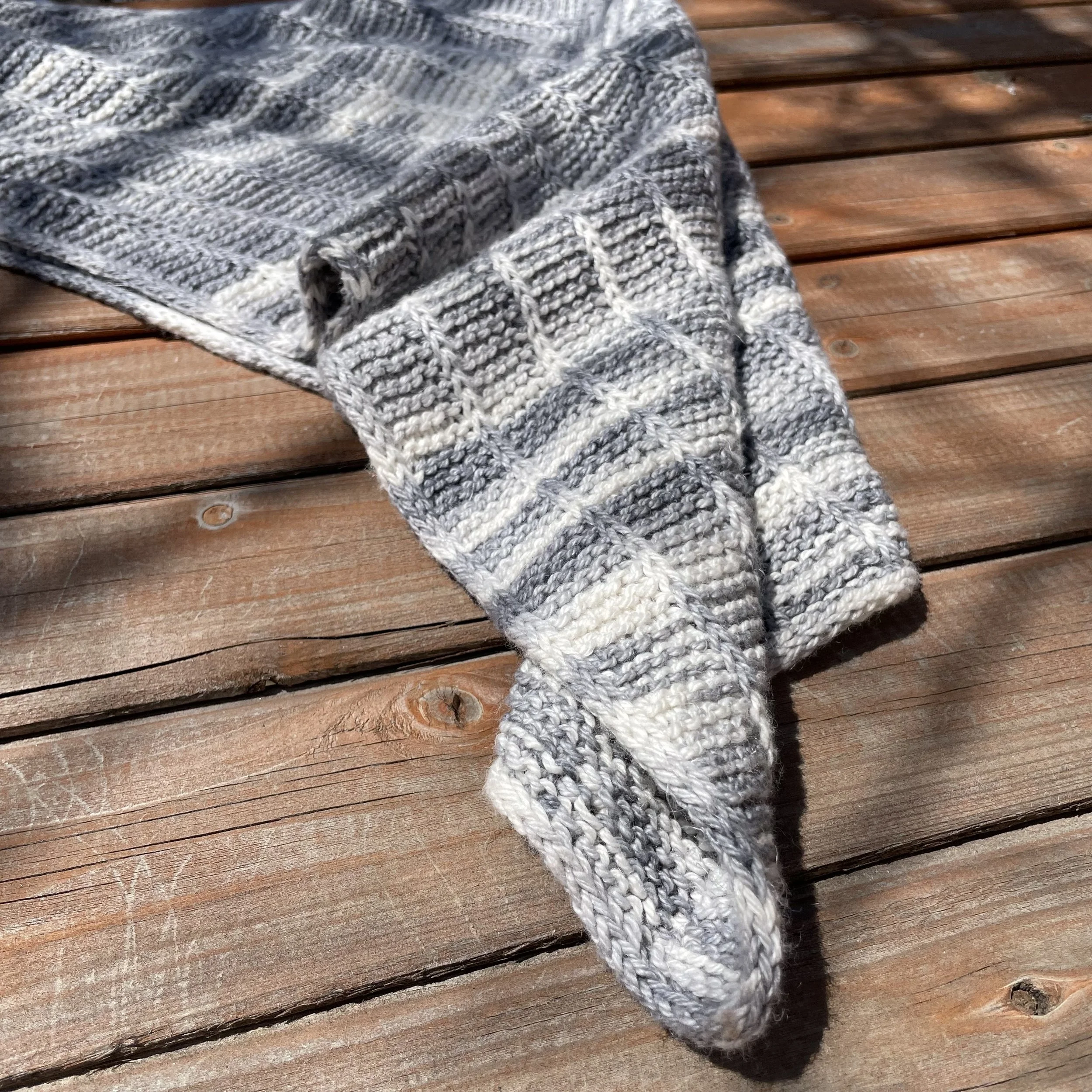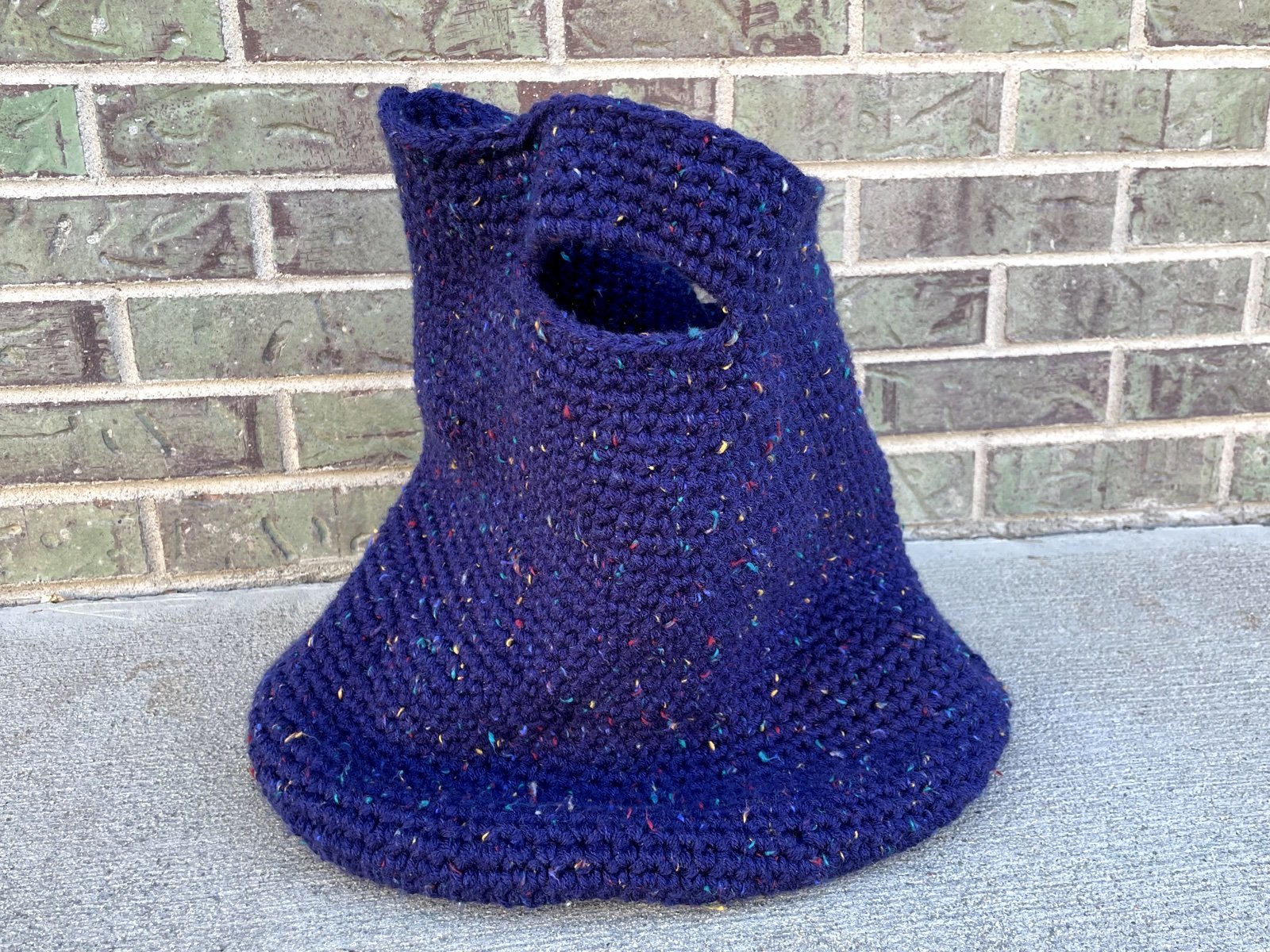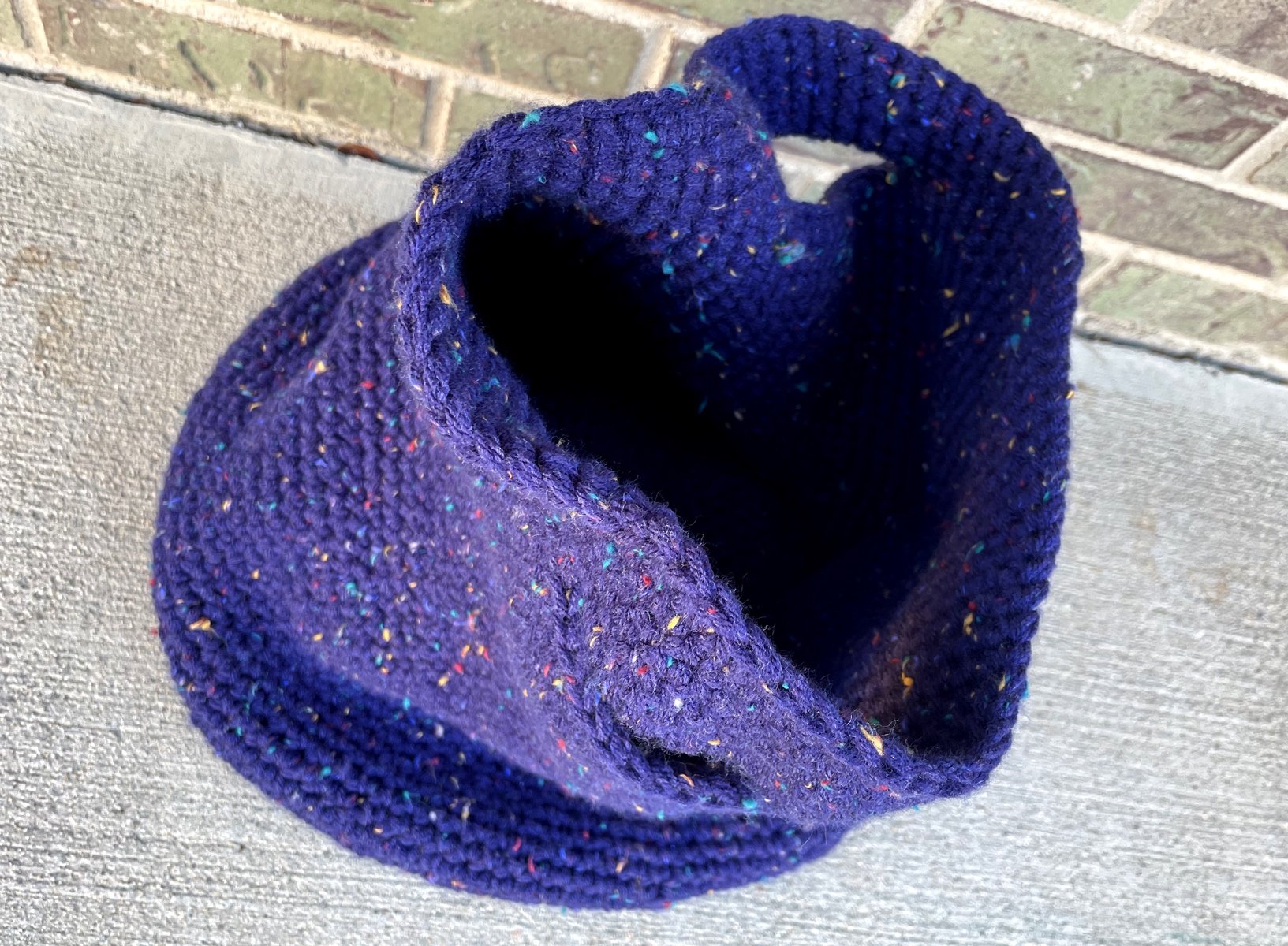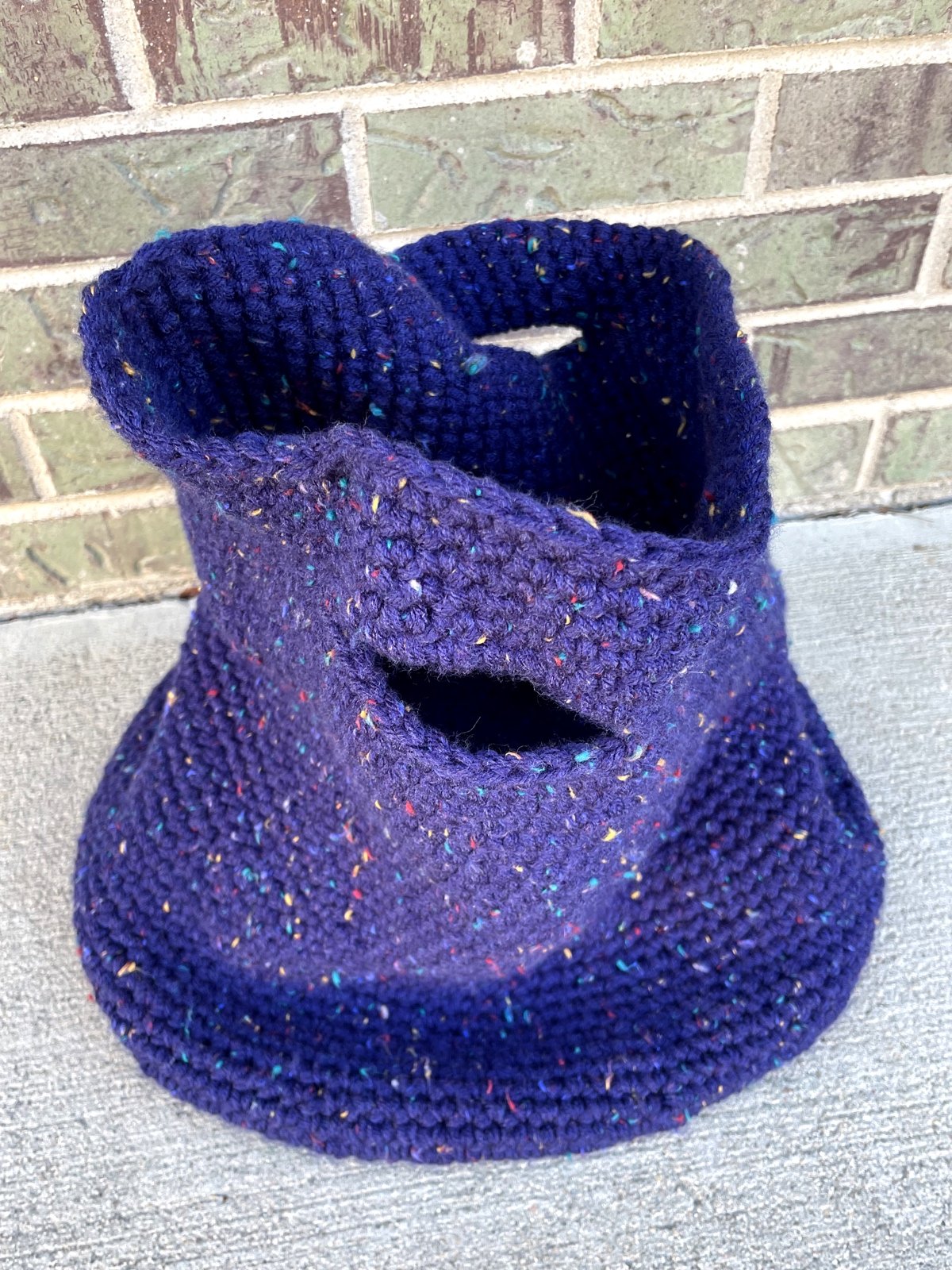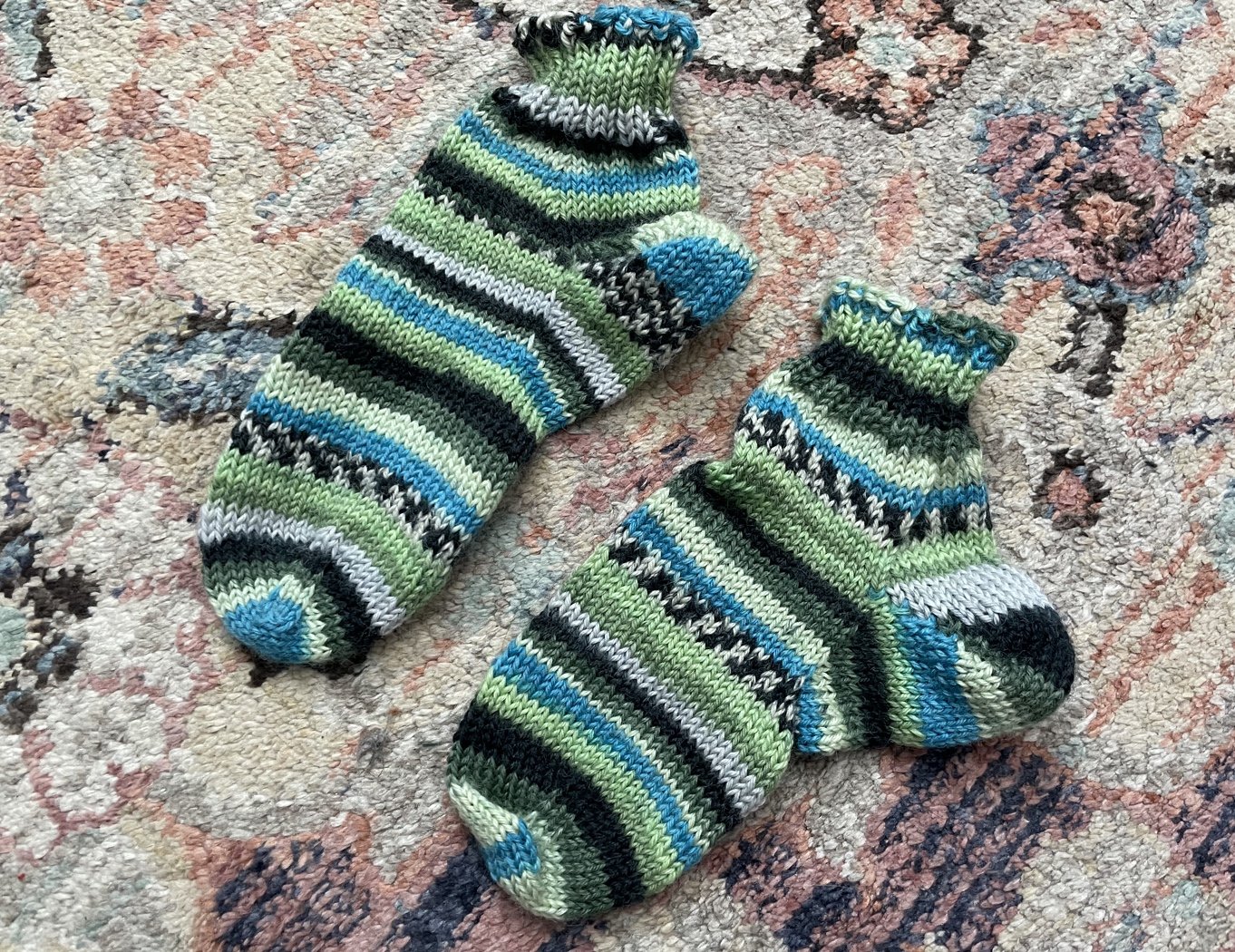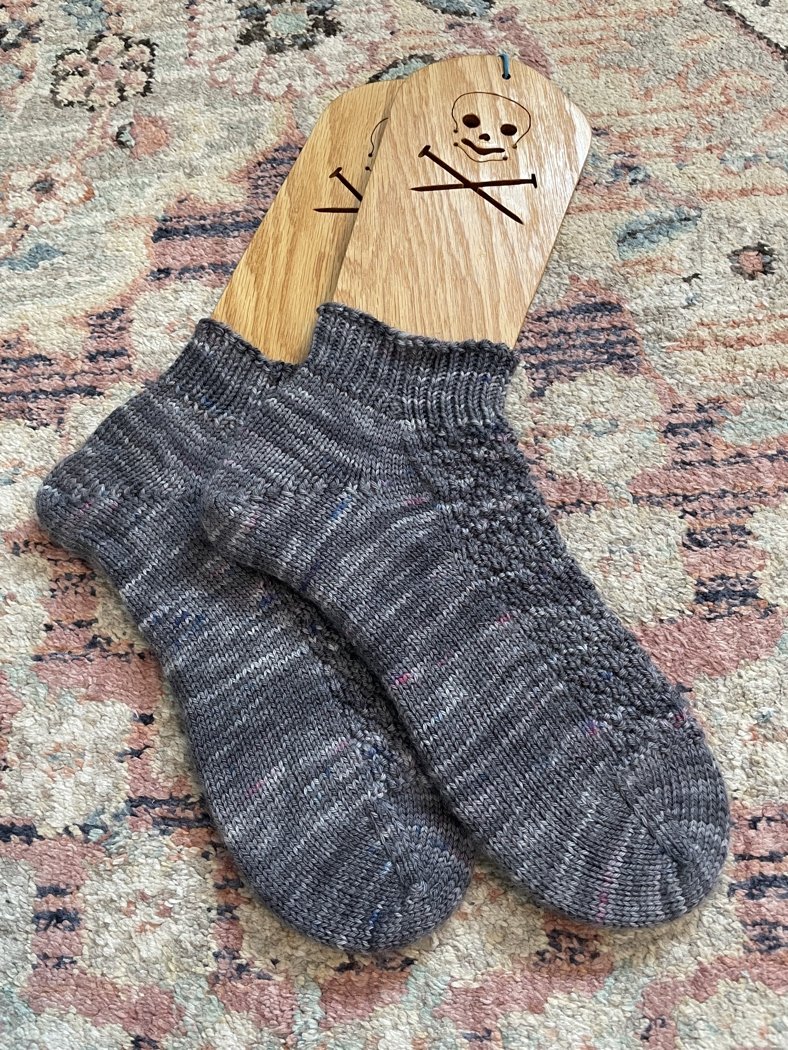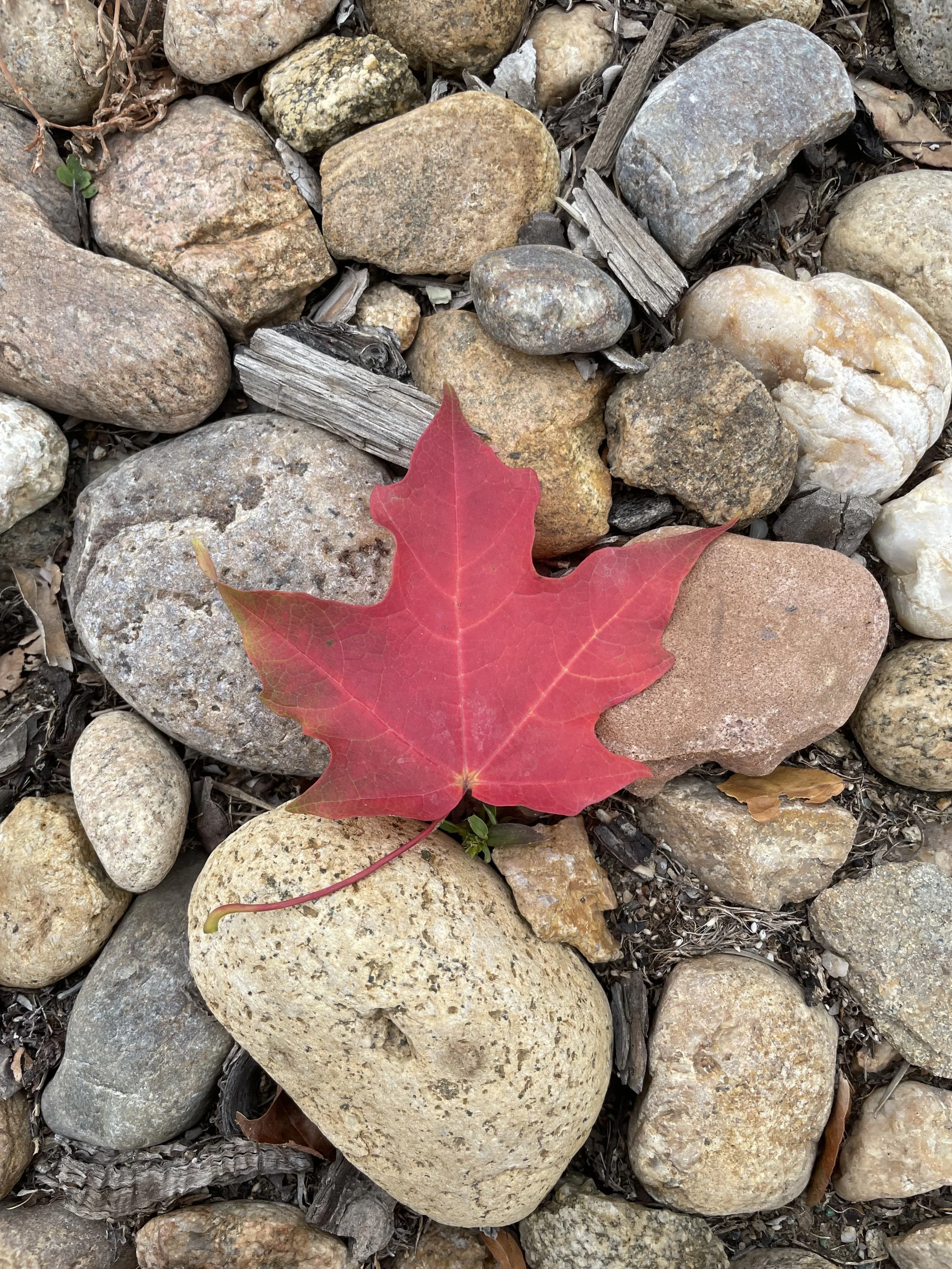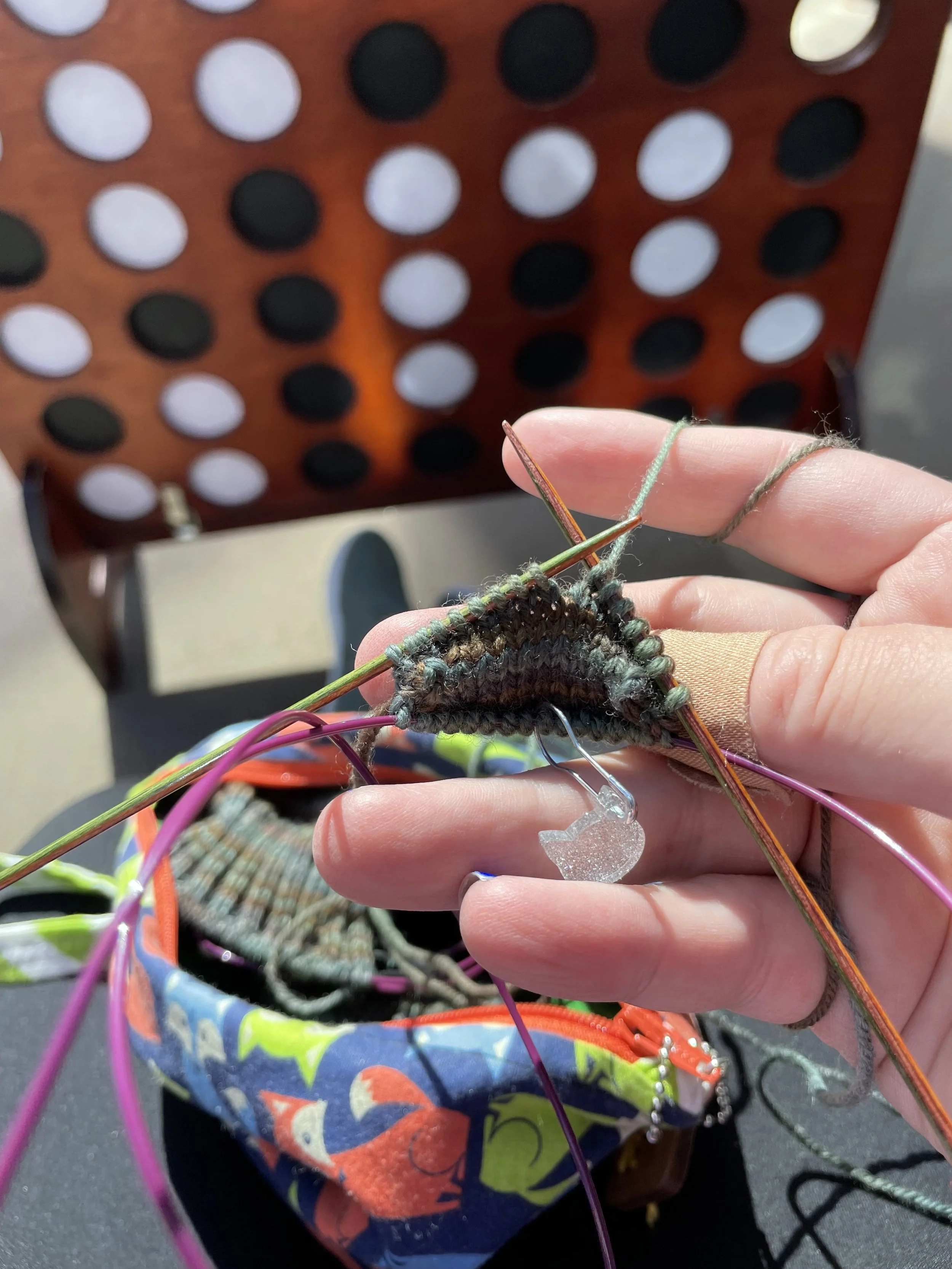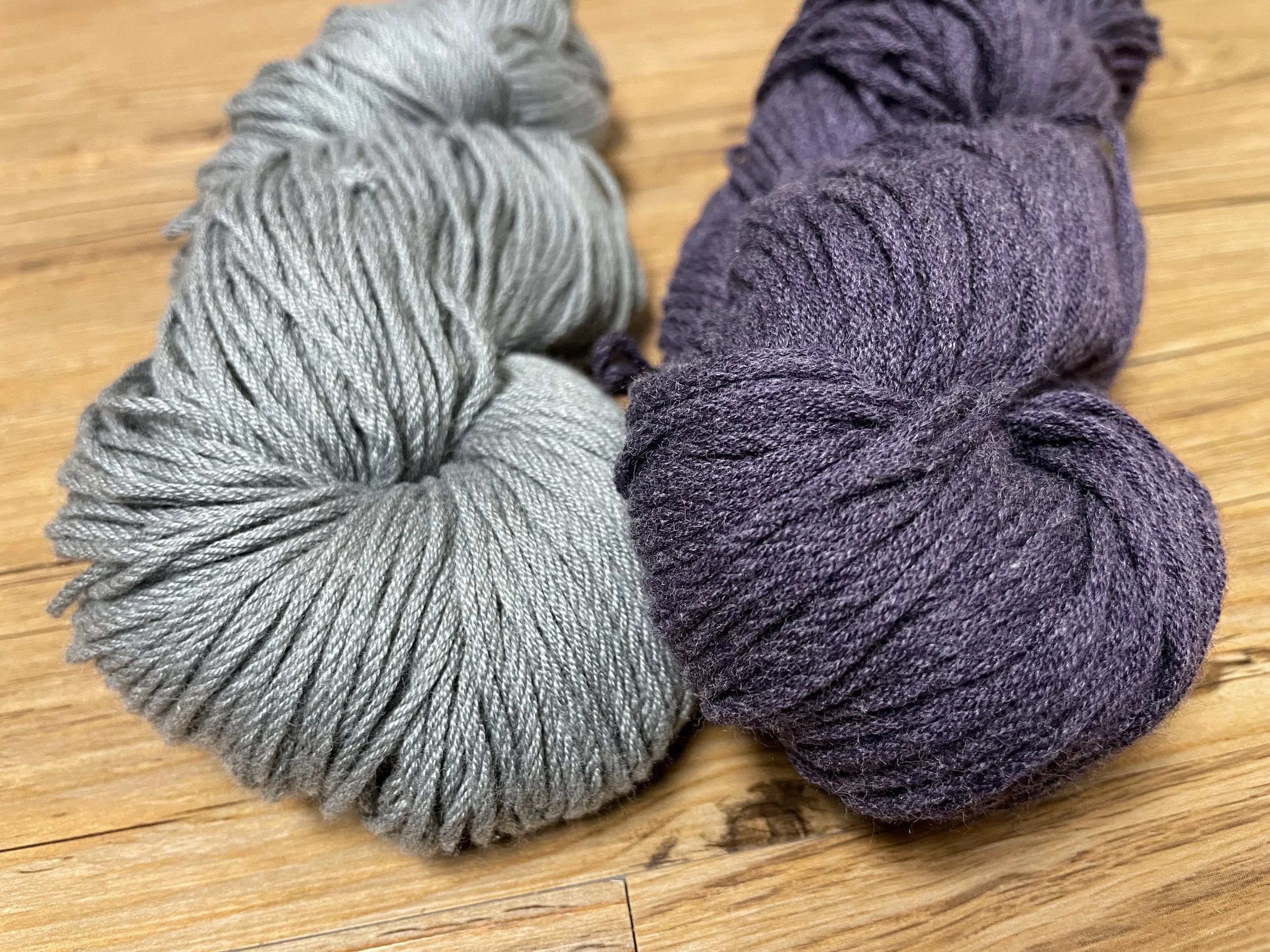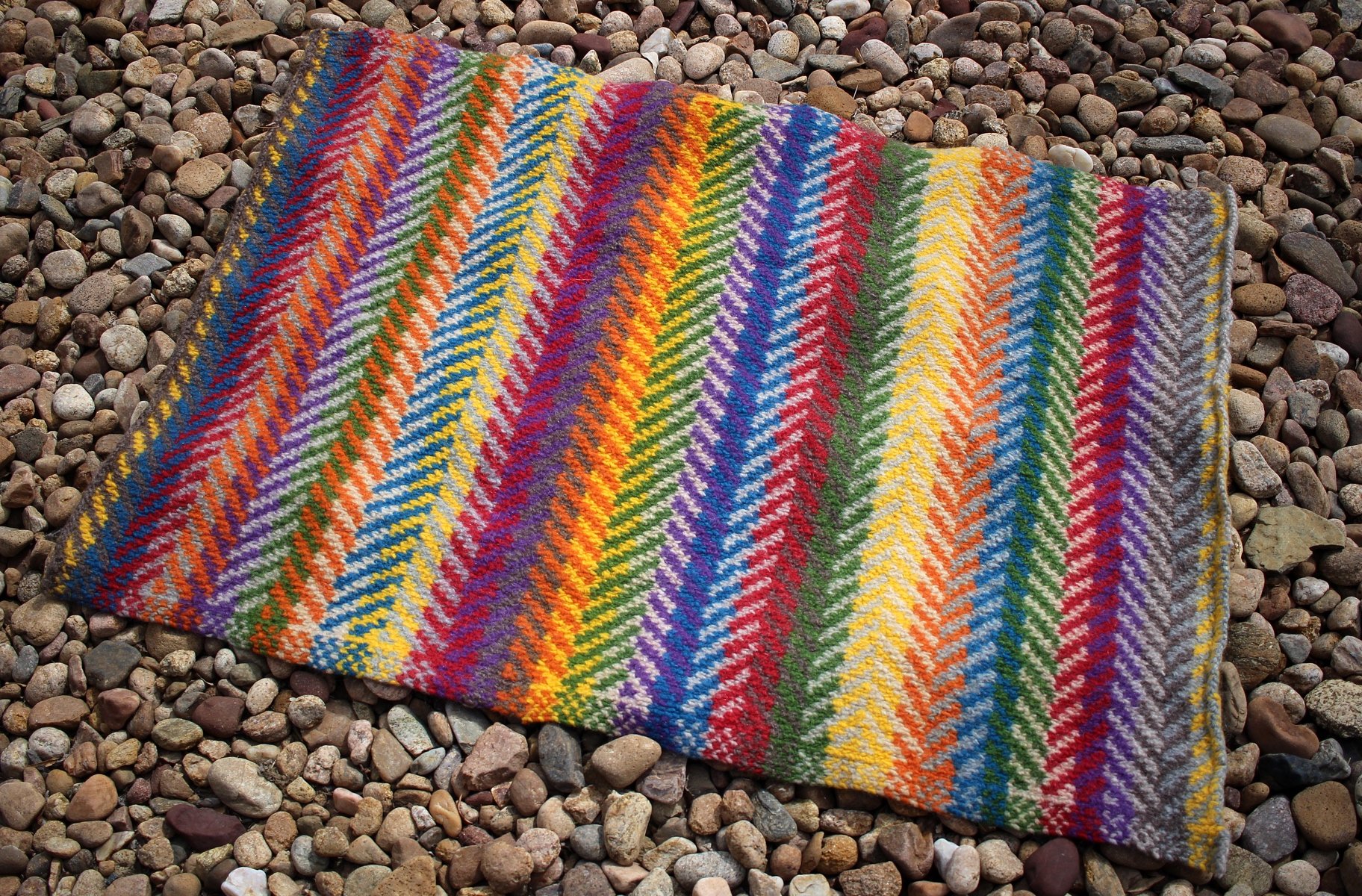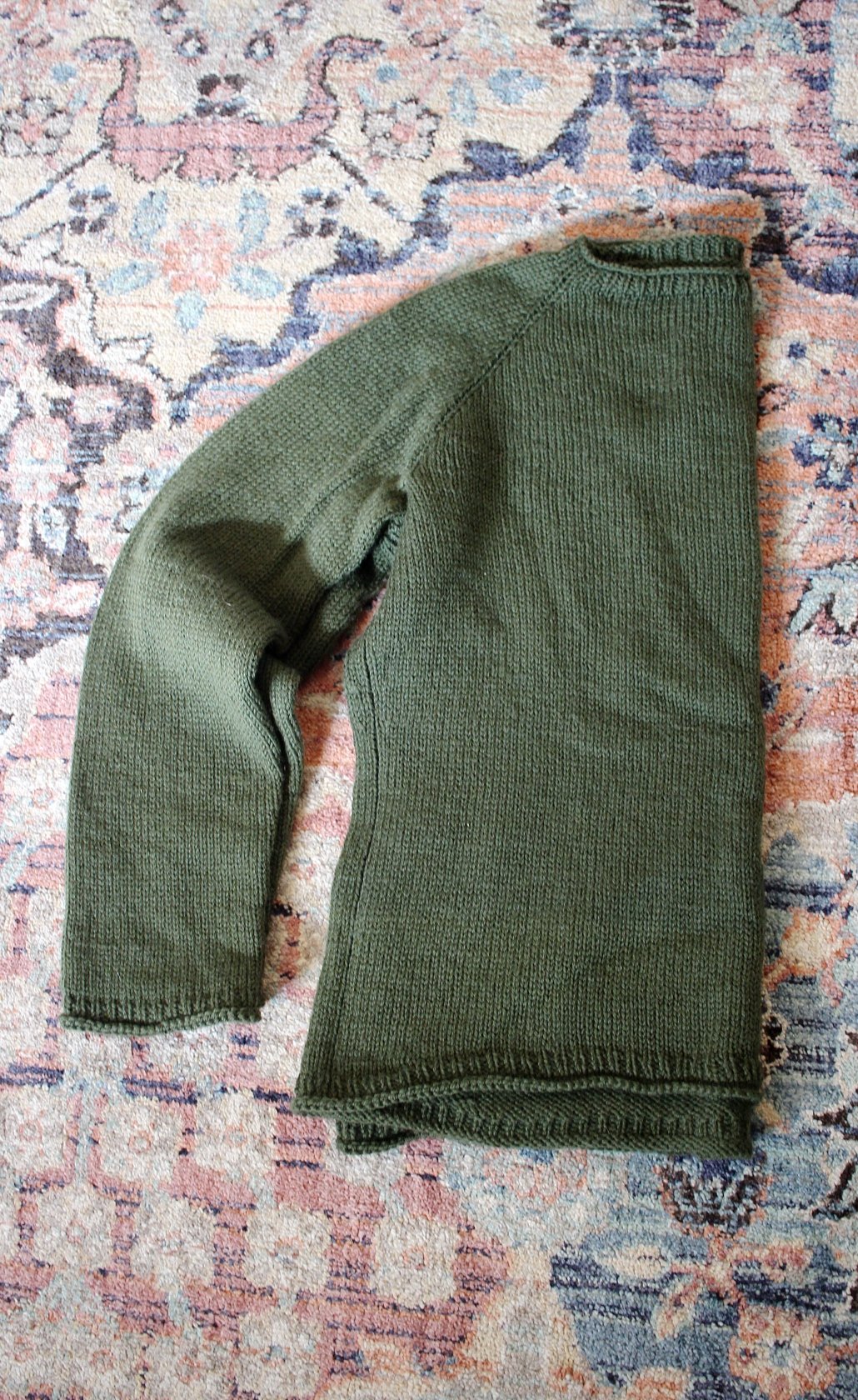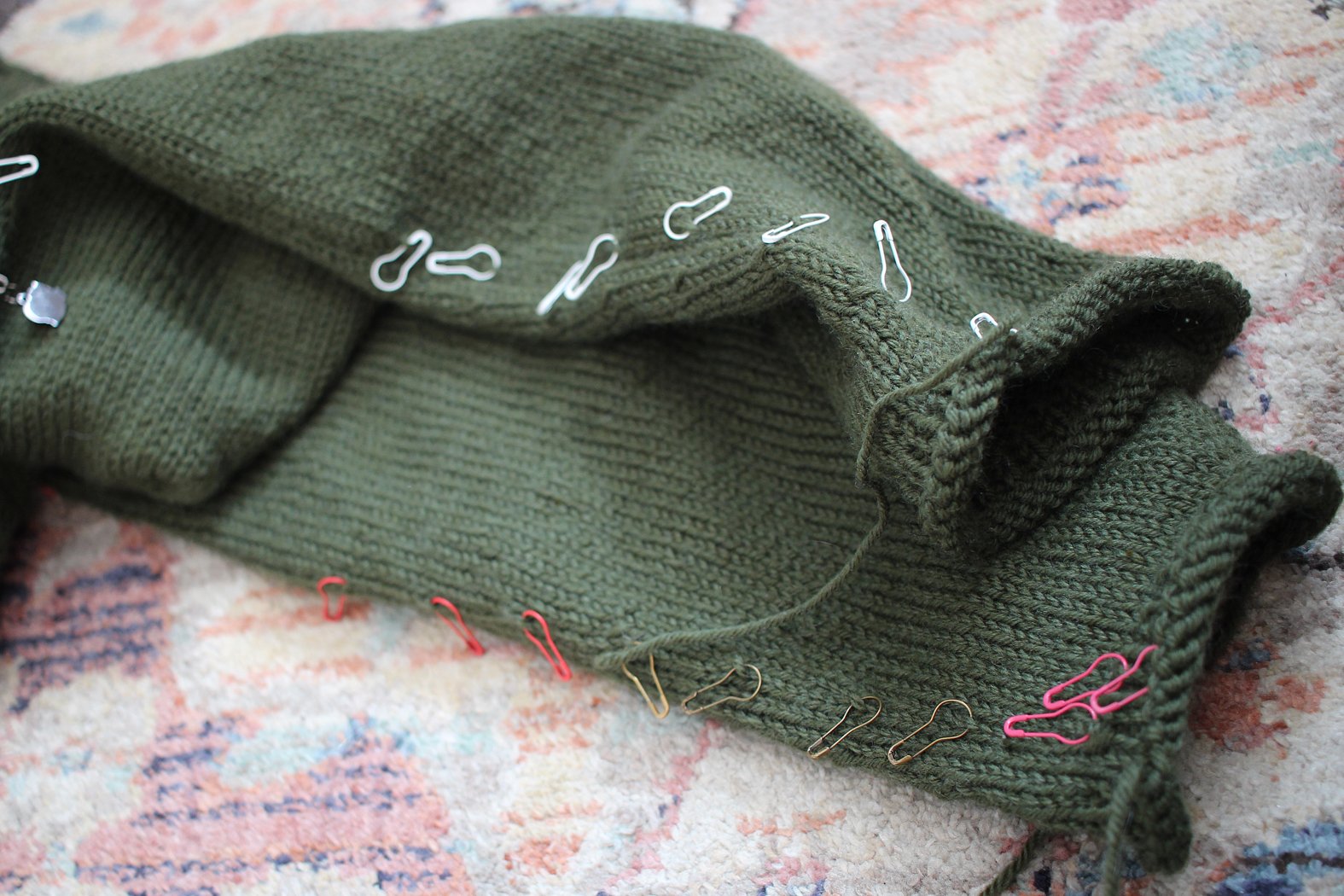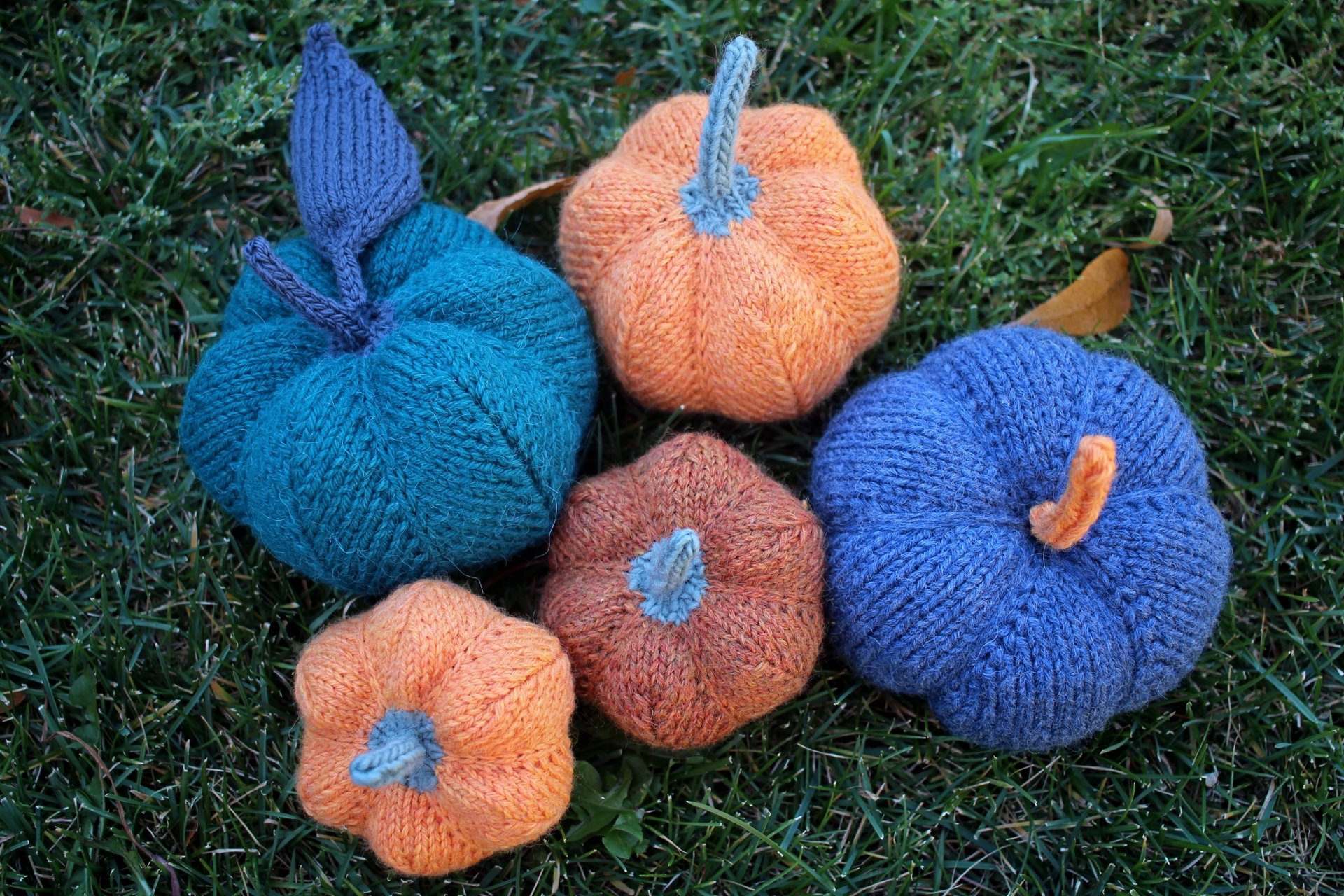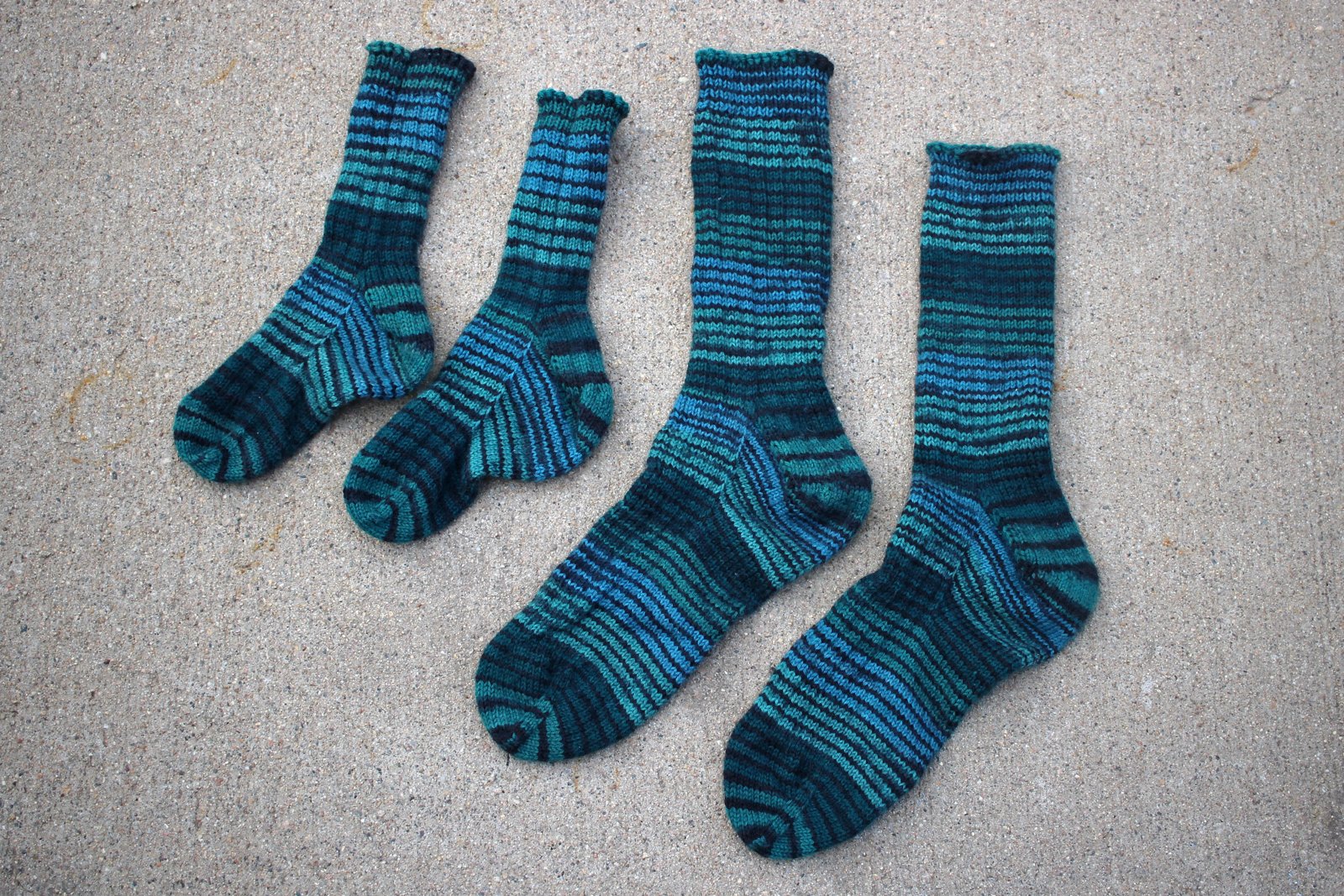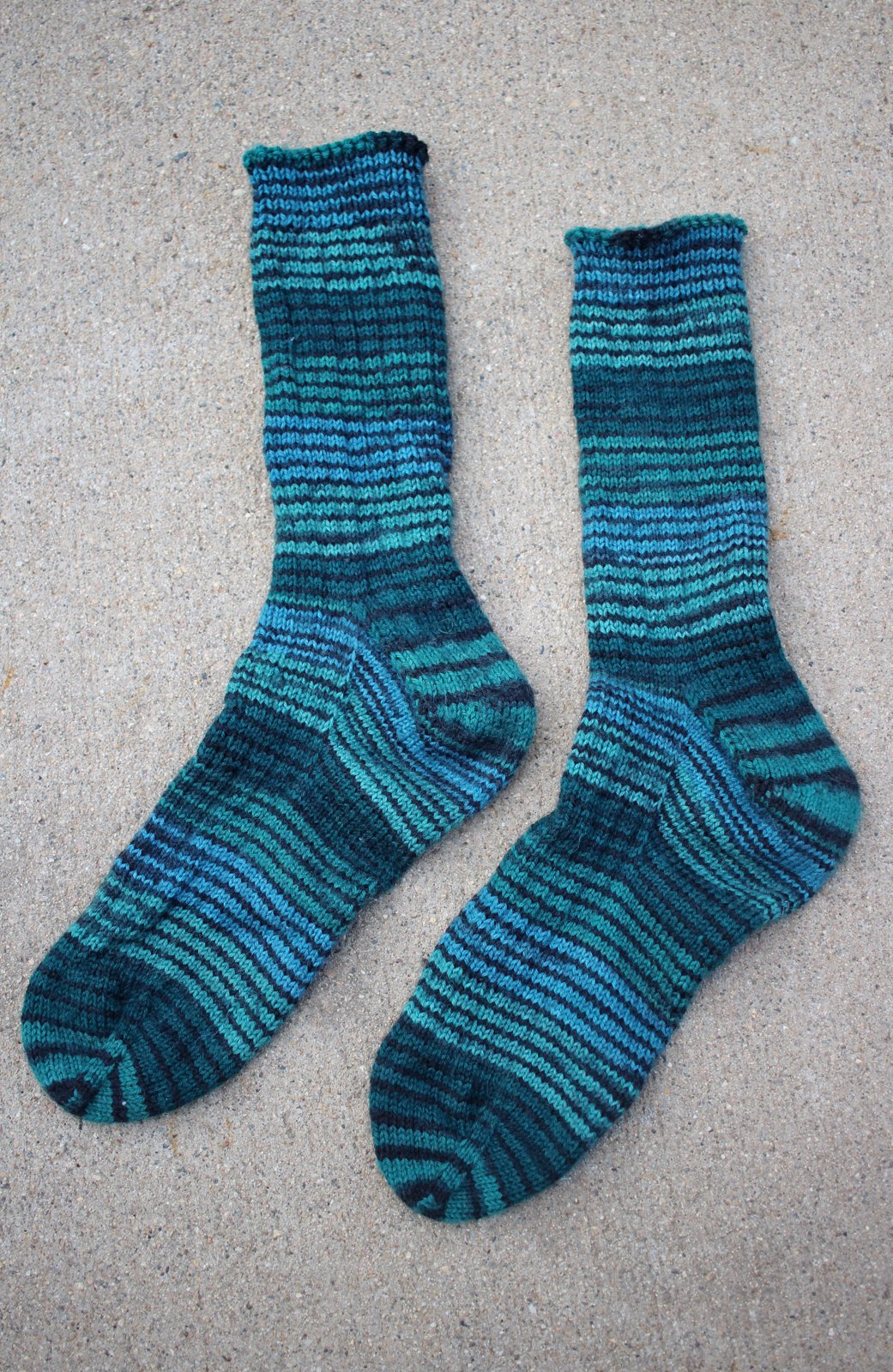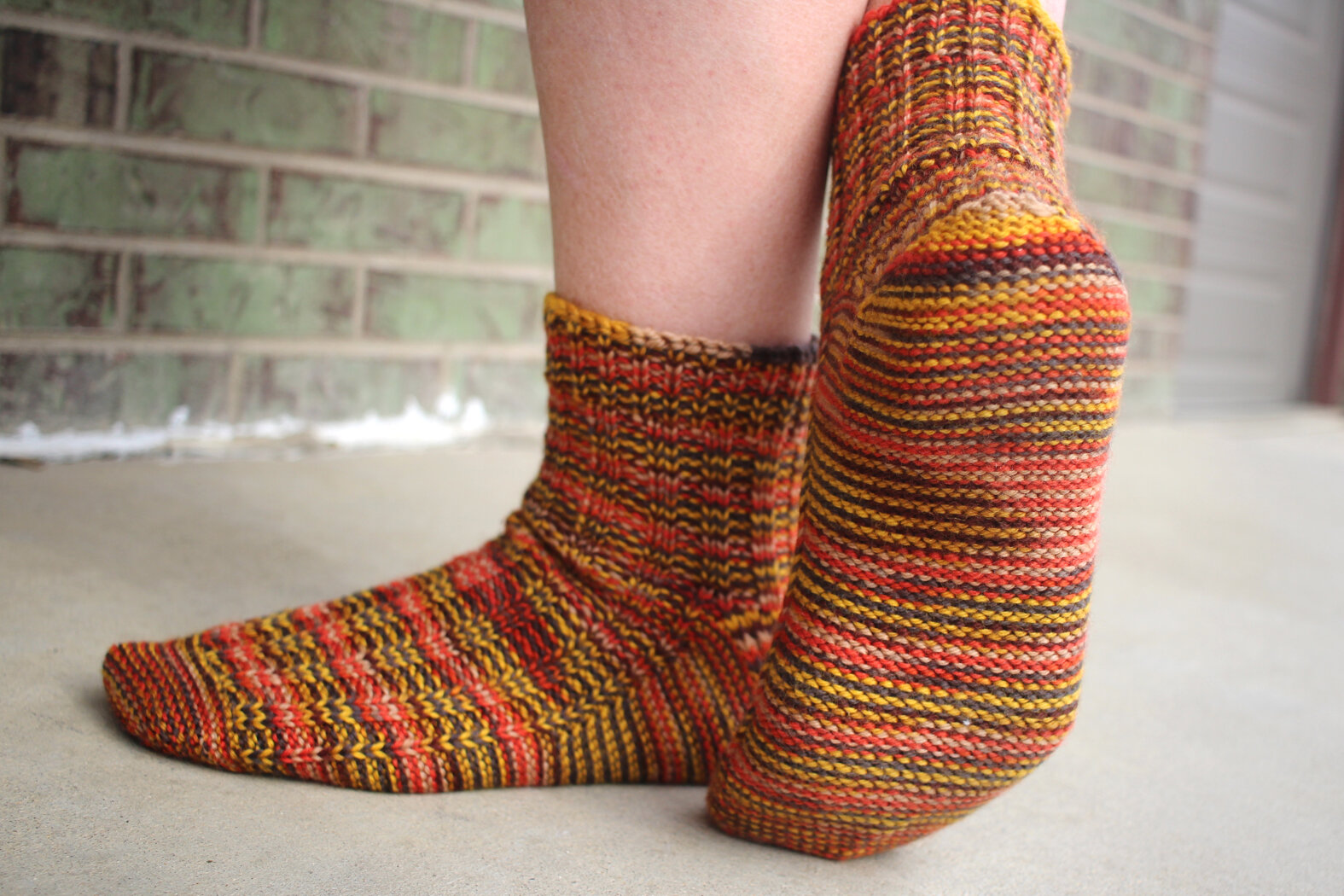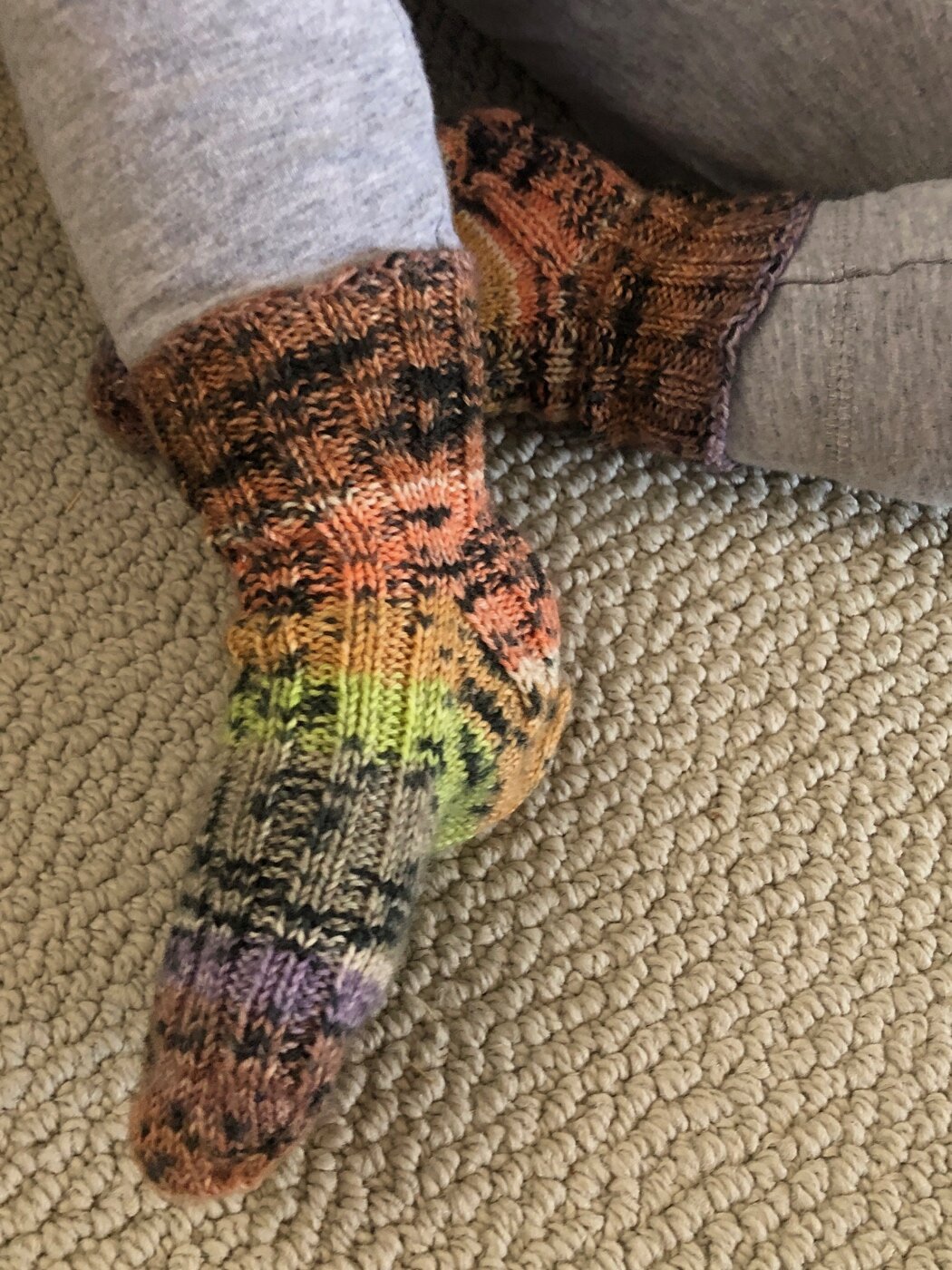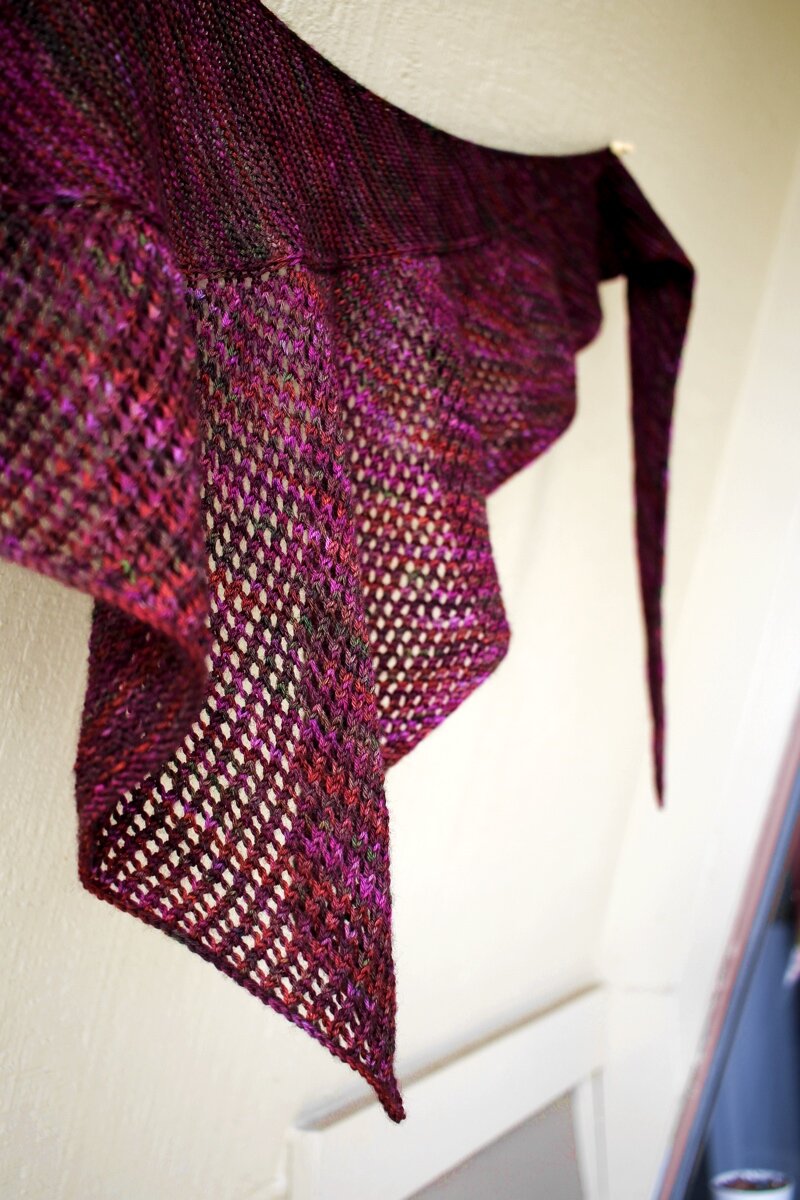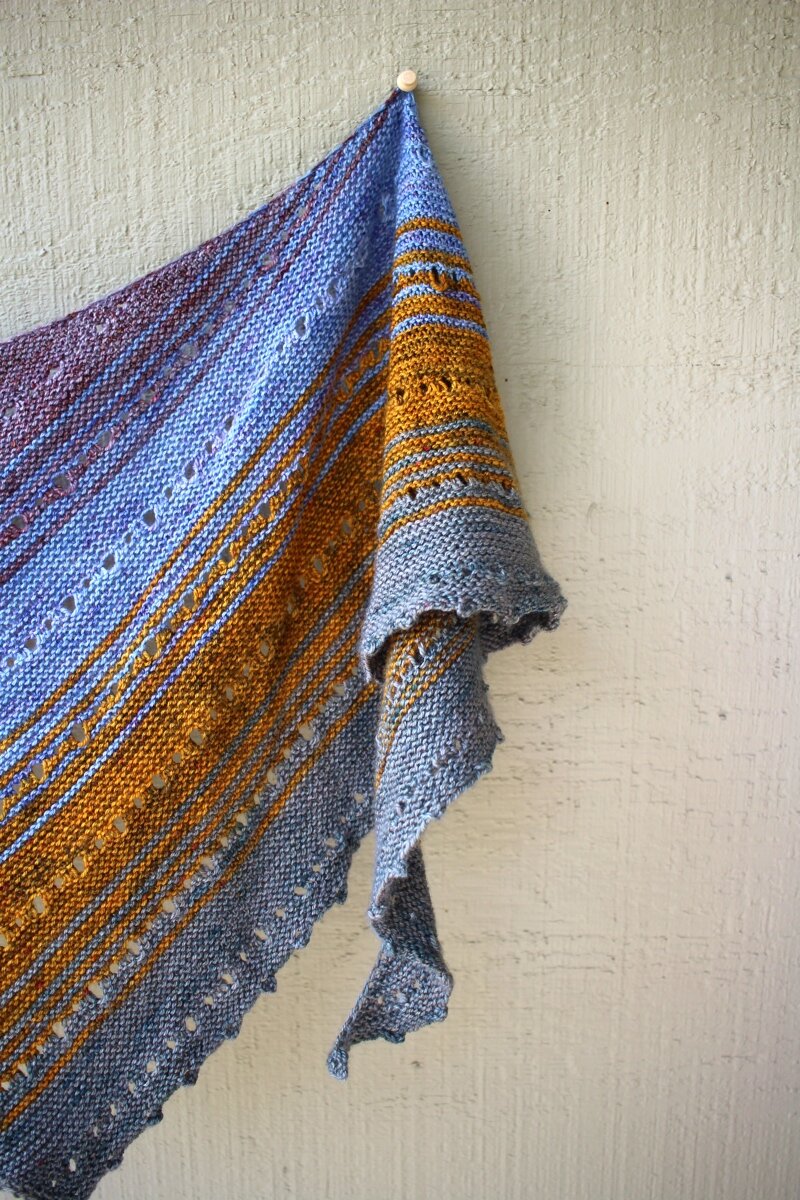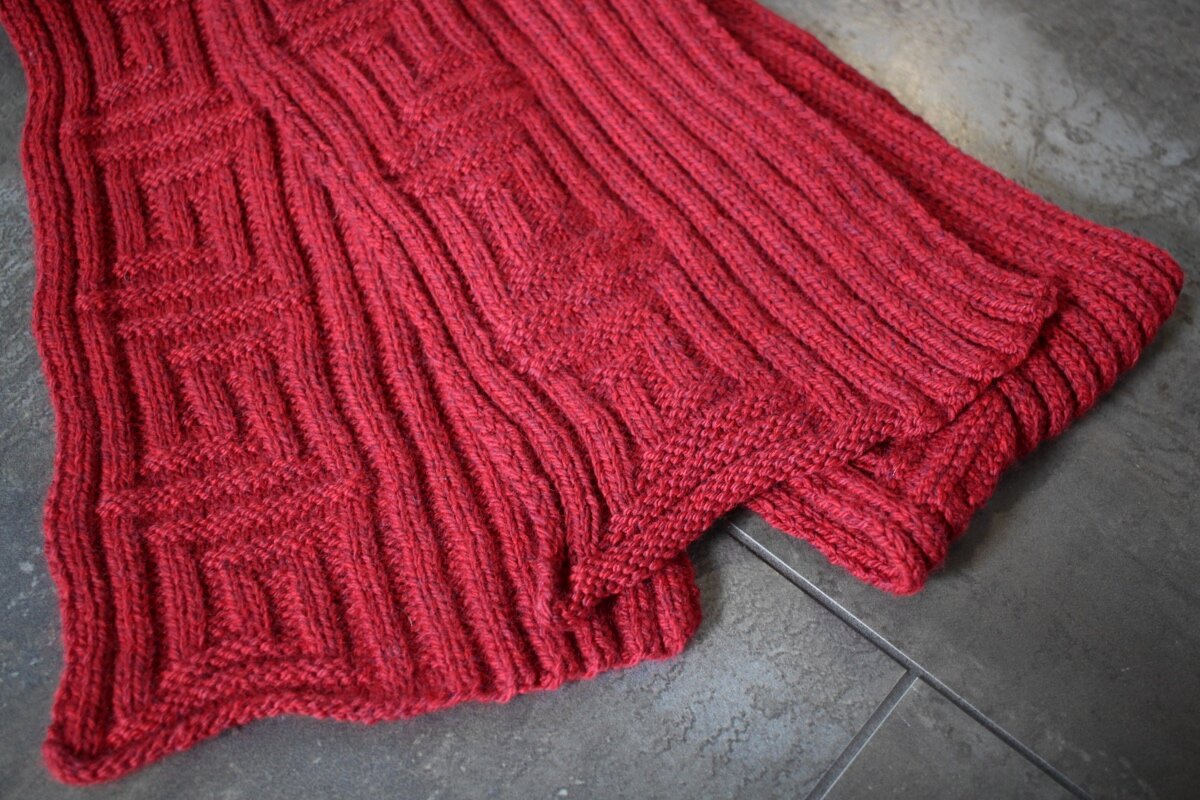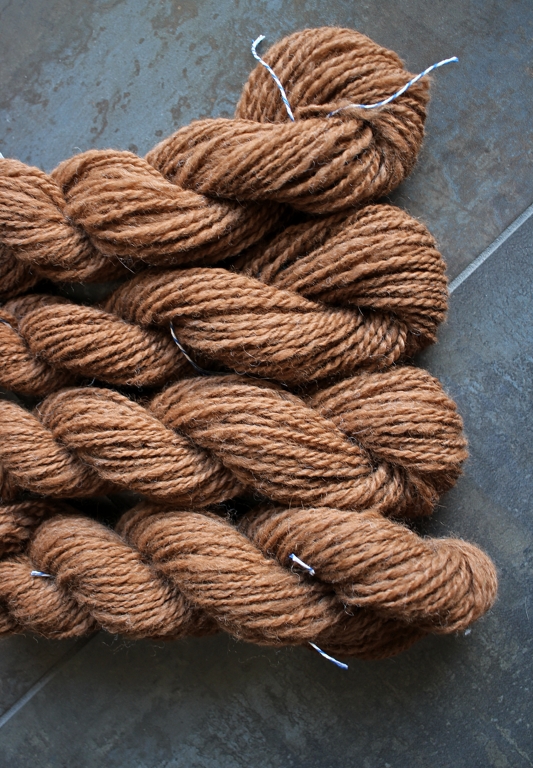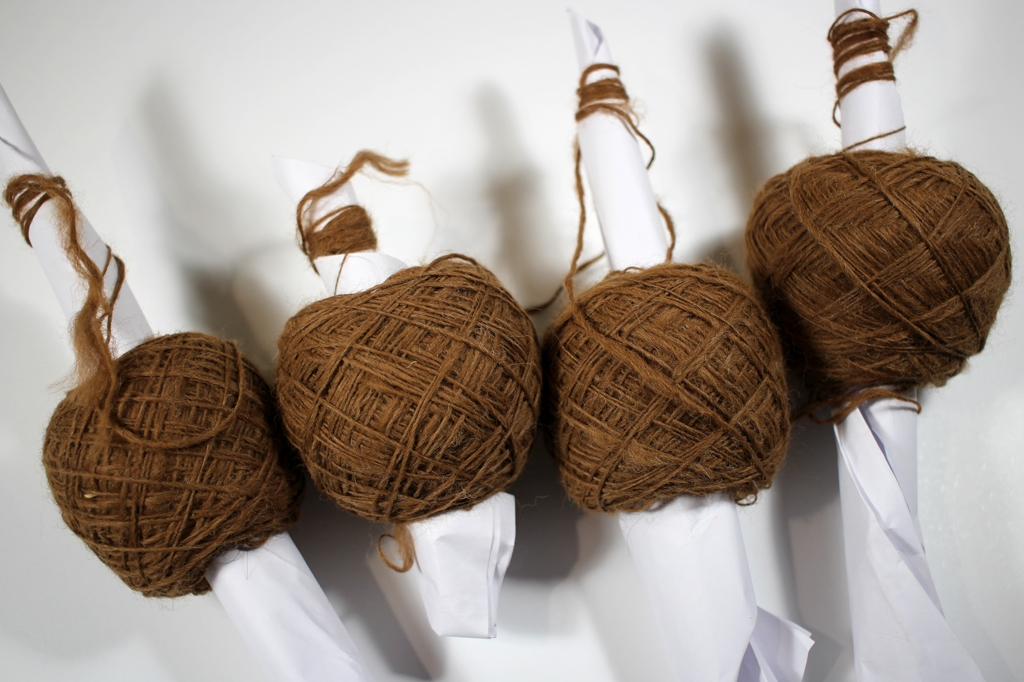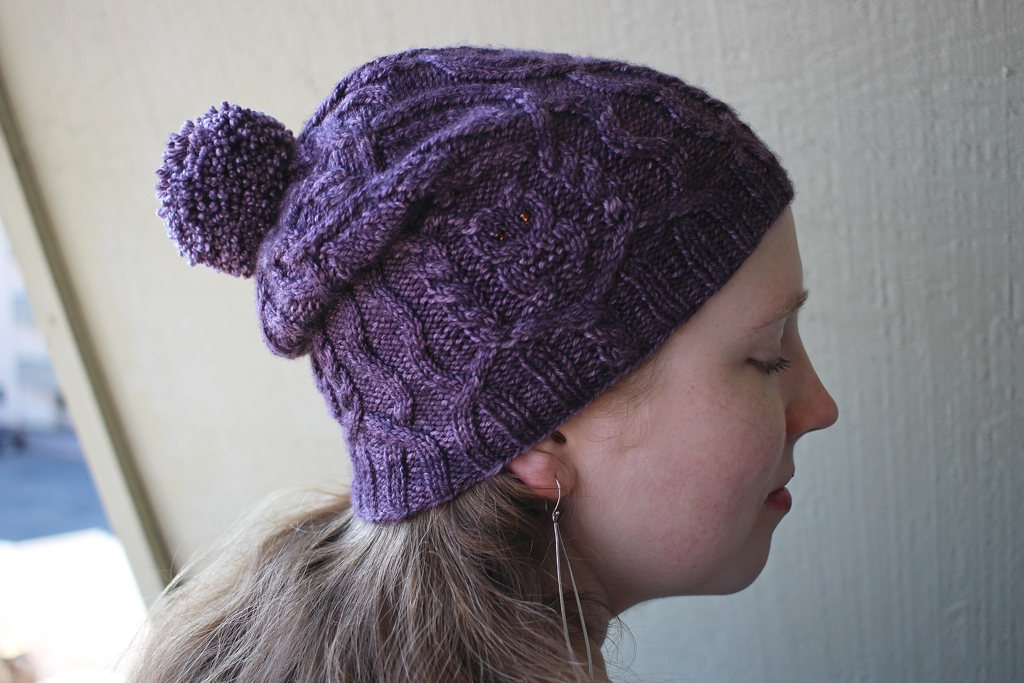FO: DRK Everyday Cowl
/Taking a break from the inconsistent gauge issues of my Low-Key Halloween socks proved to be a good decision. The DRK Everyday Cowl was calling my name and not having to worry so much about gauge sounded nice. The hard part was actually finding enough DK weight yarn in my stash. Yarn Fort did come through though with 2 skeins of Araucania Copiapo which is a blend of cotton, rayon, and linen. I picked up the yarn a few years ago with the aim of making a lightweight shawl to block the sun and wind on warmer days. That shawl pattern never materialized, but this cowl should do the job just fine.
It’s a good thing that the DRK Everyday Cowl is an easy pattern to modify once you understand what each section does. My gauge was a little different than recommended, but I had 410 yds to play with so I wasn’t too worried about running out. I was still 6” short of a the adult large size when I had finished knitting the recommended number of repeats. So, I kept repeating section 2 until I had enough length across the top edge. Section 3 saw me decreasing from 130 stitches which is just a smidge more than the pattern. I will admit that I was nervous that I’d have to dig through Yarn Fort with some matching yarn for the i-cord bind off during the last few rows. Thankfully, I had a few yards left over at the very end. Phew!
I finished the cowl just in time with the wishy-washy days of Spring. Then I wore it for the first time on a warm day sandwiched between two other days of snow and rain. It cut the wind and sun just like I’d hoped, and looks really good paired with my favorite coats. The cowl did grow a little bit during blocking so it’s 28” around the top instead of the 25” I was aiming for. Pretty happy with that change though. I’m not so happy that I spilled coffee on it the very first time I wore it, but you can’t even tell thanks to the neutral colors. I’m pretty happy about that t00.
The Specs:
The Pattern: DRK Everyday Cowl by Andrea Mowry
Yarn: 405 yds Araucania Copiapo - Vanilla Sky
Needles: US 6 (4mm) circular needles
Dates: March 26 - April 20, 2023


